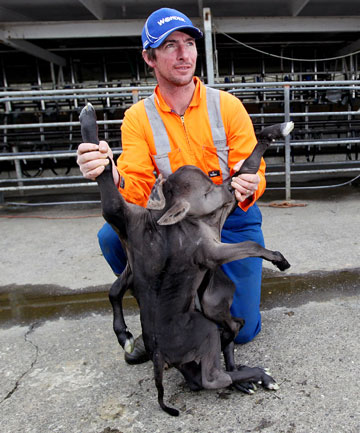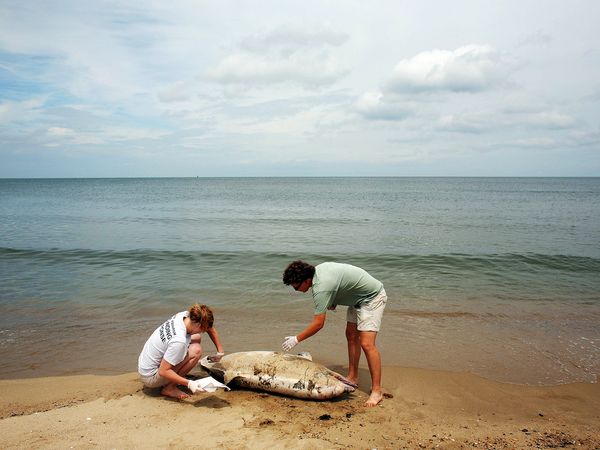
© Associated PressThousands of stray dogs, including the one in this image, are reportedly roaming the streets of Detroit.
Packs of wild, abandoned dogs are roaming the streets of Detroit, leaving city officials overwhelmed at the prospect of handing an issue that raises both animal rights and safety concerns.
"It was almost post-apocalyptic, where there are no businesses, nothing except people in houses and dogs running around," the Humane Society of the United States director Amanda Arrington told
Bloomberg News about a recent visit to Detroit. "The suffering of animals goes hand in hand with the suffering of people."
Bloomberg reports that packs of the dogs have been spotted in groups as large as 20. In one case, Detroit police officer Lapez Moore said the city's animal-control unit recently found several of the dogs inside a flooded basement where thieves had torn out the building's water pipes.
"The dogs were having a pool party," Moore said. "We went in and fished them out."
But the reality of the situation is more dire than an impromptu animal pool party. Local shelters say they are forced to euthanize about 70 percent of the dogs that are brought it, and their facilities are overwhelmed by the sheer amount of abandoned and stray animals.


